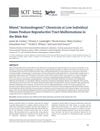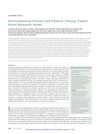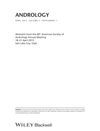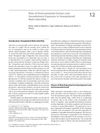Which Chemicals Should Be Grouped Together for Mixture Risk Assessments of Male Reproductive Disorders?
September 2019
in “
Molecular and Cellular Endocrinology
”
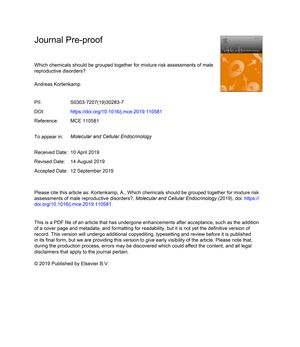
TLDR Group a wide range of chemicals, not just phthalates, for assessing risks to male reproductive health.
The document from January 1, 2020, emphasizes the need for a comprehensive approach to mixture risk assessments for male reproductive disorders, advocating for the inclusion of a broader range of chemicals beyond phthalates. It introduces an Adverse Outcome Pathway (AOP) network for male reproductive malformations and highlights the role of painkillers in disrupting prostaglandin signaling. The paper provides evidence of combination effects from multiple pathways and suggests cumulative assessment groups should encompass a variety of chemicals, including phthalates, androgen receptor antagonists, chemicals disrupting steroid synthesis, InsL3 production, prostaglandin signaling, dioxin-like pollutants, and phenolics. It also discusses the complexity of mechanisms leading to reproductive malformations, the overlapping effects of different chemicals, and the challenges in grouping chemicals for risk assessments. The document cites studies showing more severe reproductive effects from combined chemical exposures than from individual chemicals, indicating the need for grouping criteria based on pathways and adverse outcomes. It concludes that AOP thinking should inform grouping criteria to better anticipate cumulative effects on male reproductive health.
